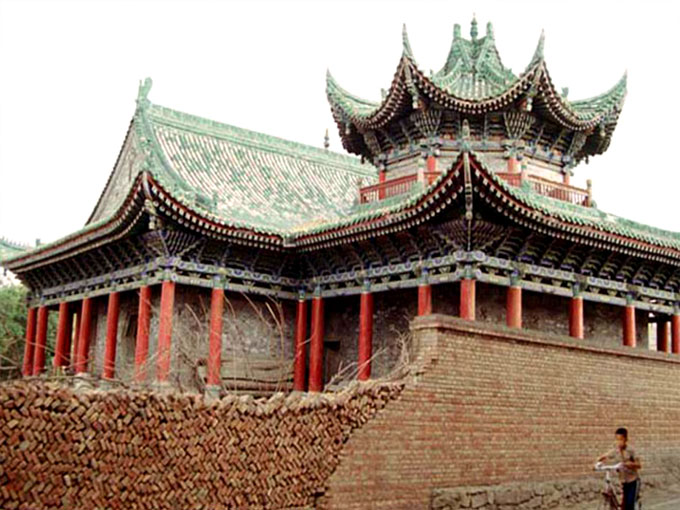Located at Yonghezheng lane of Hepin Road, South Gate of Urumqi, the mosque was built with the donation of the Muslims from Shaanxi Province in 32rd year of the Emperor Guangxu reign of Qing Dynasty (1906). The Mosque is a quadrangle dewelling facing east. The main hall is a brick-timber construction with single-eaved hip gable roof over 10m high and can hold 500 people at one time. There are corridors by two sides of the main hall and penthouse in front of it. Behind the main hall is a multi-eaved and pavilion-shaped Bagua Tower. Finely constructed with green glazed tiles paved on the roof, the tower is a skillful combination of the doxy of Islamism with ancient Chinese architecture. The mosque enjoys high reputation in the muslims of Urumqi and is of great historic and architectural value. It was appointed as a unit of the cultural relics under the protection of autonomous region in 1962.





